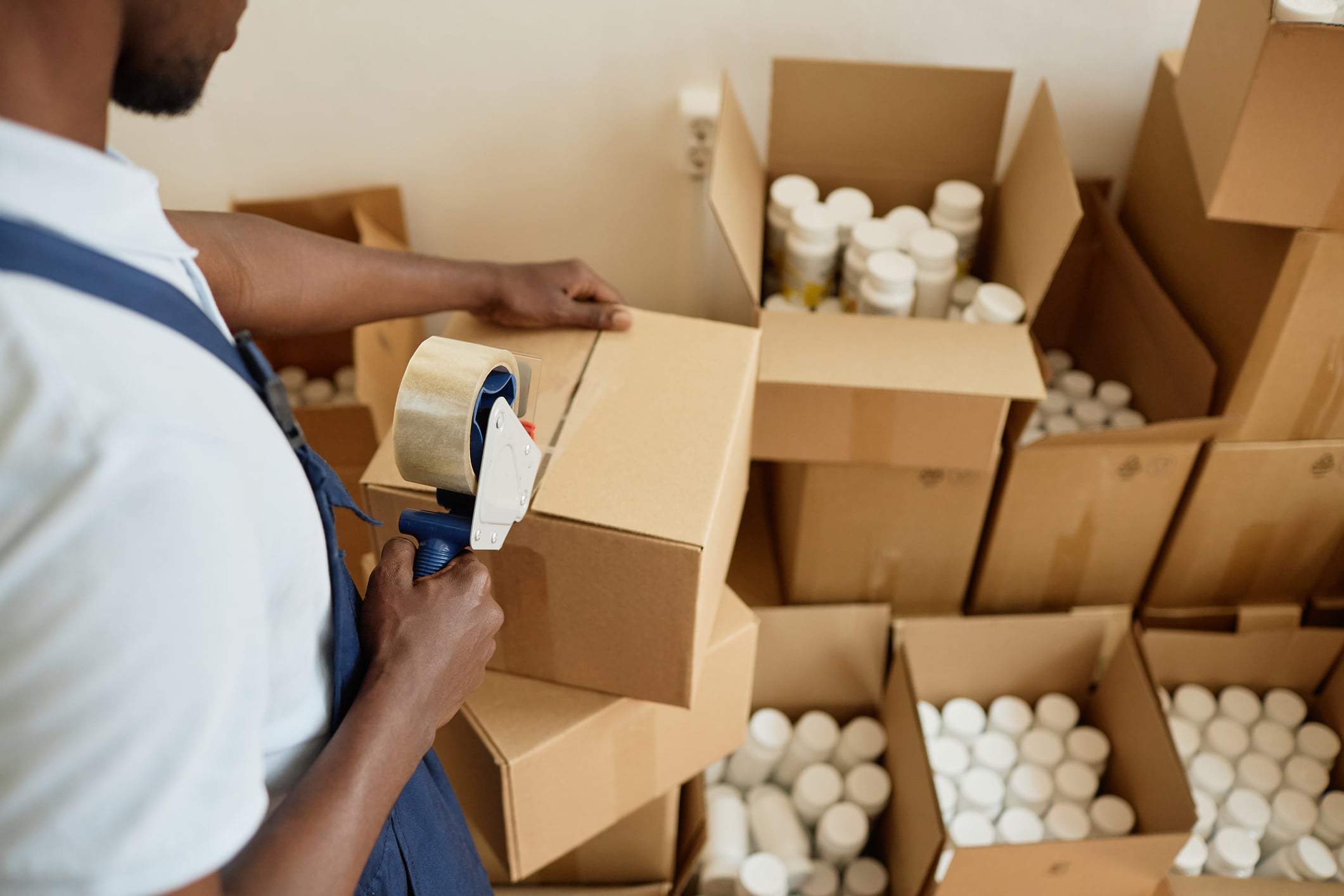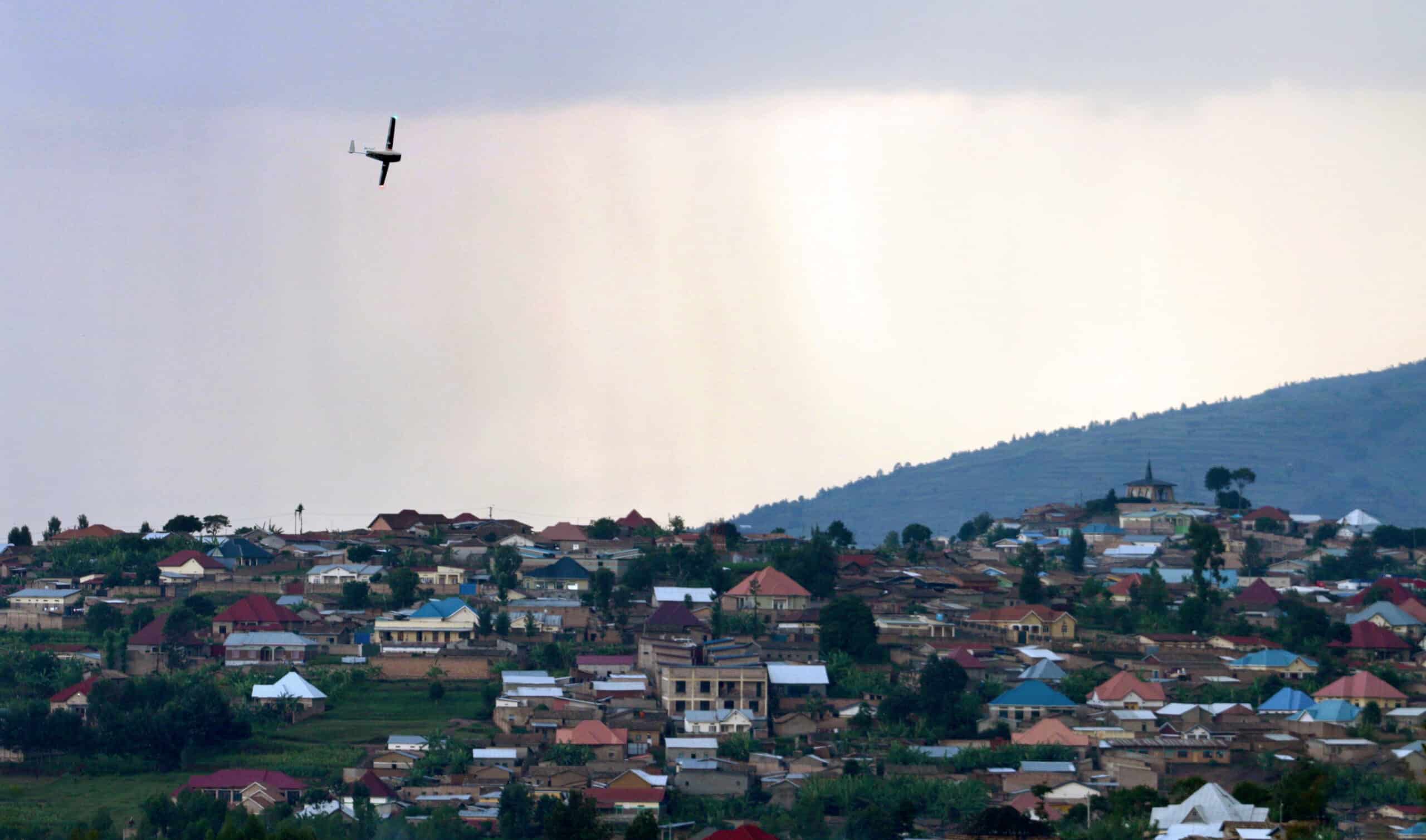This fall, Design for Life is launching its first programs. Here's how we arrived at this moment.
Every day, in countries around the world, people go without medicine, food and necessities — not because those goods don’t exist, but because supply chains fail. As someone who has worked in the supply chain field for more than 20 years, I have seen this up close. When supply chains fail, the consequences are real and often immediate: People go without lifesaving health care. Families experience hunger, illness and the indignity that comes from being unable to access essentials like soap. Public health goals fall behind.
Seeing gaps in the supply chain, up close
As a child in Colombia, when violence was at its peak, I witnessed extreme poverty and the injustices of a broken medical supply chain. Even in top hospitals, people were often forced to wait for essential supplies and medicine. There seemed to be a shortage of everything.
Later in life, I learned about the supply chain: how complex it was and how many of the issues I saw were caused by events in one of many supply chains. I saw that there were significant gaps — and opportunities to contribute and improve people’s lives.
I focused on supply chains during my master’s in operations research and logistics at Georgia Institute of Technology, gaining knowledge to apply back in Colombia. Working in public health, I then encountered in many countries the same issues I’d seen in Colombia. The need for more equitable supply chains was a global issue, and it was even greater than I’d realized.
How Design for Life came to be
Years ago, Design for Life co-founder and OptiLogic CEO Don Hicks and I participated in studies to help countries in Latin America and Africa improve, or at least reflect on, their supply chain design. We spent weeks in each country gathering data, building mathematical models, and trying to provide insights for ministries of health.
People would often archive the findings rather than applying them. It’s one thing to be presented with data — it’s another to know what to do with that data.
Our experience stayed with us. Later, at Don’s software company, we built a Global Impact team, which provided services and software at pro bono or reduced rates to improve supply chain design in low- and middle-income countries. We built a culture that encouraged enthusiasm about this kind of work — and offered staff the opportunity to take time away from their normal workload to contribute to these projects — because we sought to do more than merely maximize shareholder value. We wanted to do good.
But it was difficult to sustain this approach in a commercial company, given the inherent revenue and profitability pressures companies face as they try to achieve their goals and the political considerations involved as a for-profit company supporting low- and middle-income countries’ supply chains. We realized that the route to do what we believed in was to create a non-profit organization that would be a vehicle for positive change and unbiased influence.
Design for Life’s name recognizes that supply chains can be built to preserve and improve lives. Our logo — a banyan tree — captures the essence of design as a growth engine for life, rooted in the core causation behind supply chains, with ramifications that are visible but difficult to connect and understand as a system.
Building an equitable future through supply chain design
Design for Life began with simple yet bold ideas:
• How might we design supply chains to be more equitable — to work for all and not just for some?
• How might we make lifesaving data available to everyone who needs it — no matter their location, their education level or the strength of their internet connection?
• How might we equip people in low- and middle-income countries with the technology and skills to design reliable, resilient supply chains?
• And how might we empower people to easily address the questions they have about their supply chains, without depending on anyone or anything other than their drive and resolve?
Our first programs — launching this fall — will help democratize access to supply chain data and tools, putting the power of planning and design into the hands of the people closest to the situation and enabling them to positively impact coverage and live supportability for many.
Positively impacting public systems through design thinking
So, how is Design for Life different?
Countries don’t often share public health supply chain data with one another. But we believe that if a government sees what is working — and what isn’t working — elsewhere, it can improve its own programs. That’s why we’re developing a Supply Chain Reference Database and Almanac, which will compare data visually and use AI models to fill in gaps. Ministries of Health will be able to operate with fuller datasets and make smarter decisions about public health, disaster response and food supply chains — reaching more people with what they need, when they need it.
The power of supply chain design should be accessible to all. Our open-source programs are built for different users, from beginners to seasoned supply chain workers. Our customizable supply chain design tool will support government and NGO staff to model supply chain alternatives, leading to more efficient, tailored systems.
We are aiming to support both health campaign planning and supply chain design through a mix of technology, education, pointed research and cross-visibility through low- and middle-income countries. We believe this combination will have a broader chance of creating impact and enable not only understanding but action-driven results.
Join us in creating a world where equitable supply chains mean that all people get what they need, when they need it.
Reach out to me (director@designforlife.org) if you’re a supply chain professional interested in volunteering, particularly if you have experience building relationships with supply chain decisionmakers in low- and middle-income countries. You can also sign up for our newsletter or donate to help us build supply chains that work — for everyone.




